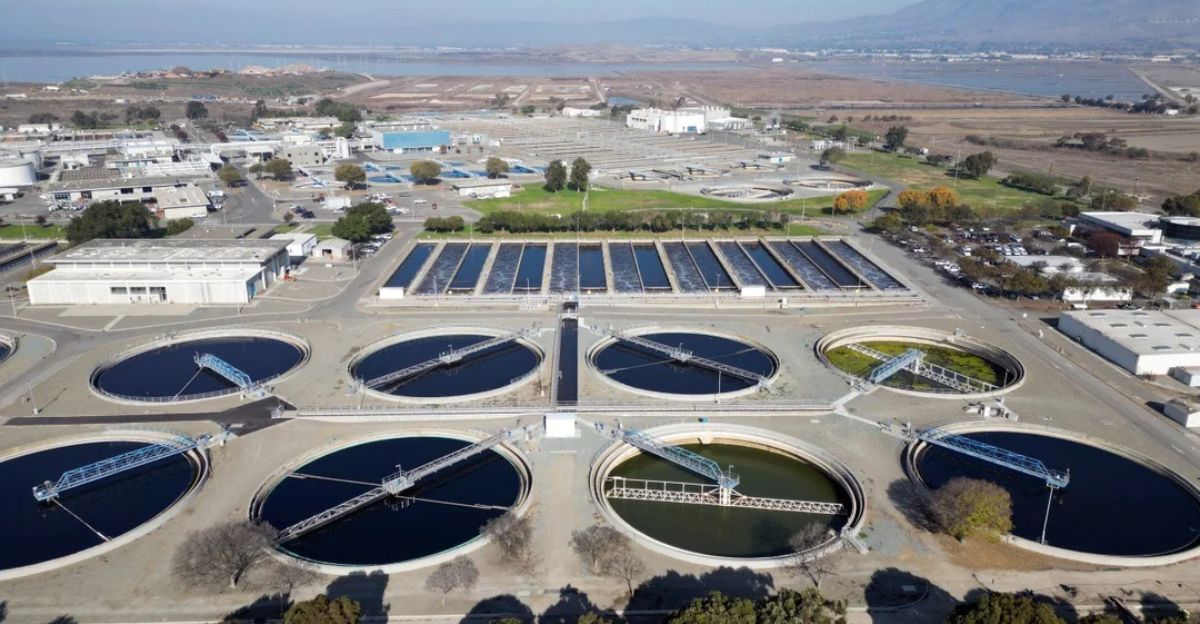
Large-scale projects frequently move forward with reckless optimism, relying on outside water imports or technological solutions to address local shortages. This illusion is dangerous. Water can only be replenished within ecological and climatic bounds, unlike fossil fuels. A resource is rendered non-renewable when surface water is diverted in an unsustainable manner or when groundwater aquifers are exhausted more quickly than they can be replenished.
This is particularly true in regions that are prone to drought or aridity, where scarcity is made worse by climate change. The results are disastrous: ecosystems collapse, communities face existential threats, and wells run dry. Ignoring this fact in order to make quick money is not only reckless, but it also leads to failure and forced closure.
Unusual Perspectives

Incorporating social equity and financial insolvency reveals a crucial but little-discussed aspect: water scarcity in developments can lead to the emergence of a new socioeconomic caste system. Only wealthy locals can afford basic water needs when water prices soar due to scarcity, while lower-income families suffer or are forced to relocate. This increases social unrest and inequality.
Water scarcity psychologically causes a loss of community identity and collective anxiety, which is frequently disregarded in policy discussions. The Lesotho Highlands Water Project is an extreme example of how millions can be disrupted by brittle water infrastructure. These viewpoints contest the traditional growth-first paradigm and contend that equity and sustainability must come first, or shutdowns will inevitably occur.
Effects of the Second and Third Orders

Water depletion has far-reaching economic repercussions that go well beyond the actual development. Immediate yield reductions in agriculture, which is the foundation of many local economies, lead to food insecurity and price volatility. Urban centers elsewhere are strained, migration is compelled, and unemployment and poverty spread throughout the region.
As hospital and sanitation services deteriorate, disease outbreaks and mortality rise, worsening public health. In the environment, over-extraction results in ecosystem collapse and land subsidence, which further reduces the amount of water available in a vicious cycle. These second and third-order effects highlight the fact that stopping developments is an essential intervention to avoid systemic collapse rather than just a minor annoyance.
Models and Frameworks to Describe the Idea

A useful conceptual tool is provided by the “Water Debt” model, which states that when developments use more water than is sustainable, they accrue a measurable “debt.” Until it causes crises, dry wells, utility bankruptcies, or environmental harm, this debt is undetectable. Shutdown is the only practical “repayment” to enable the recovery of natural and social systems after a critical threshold is reached.
This model, when combined with Nassim Taleb’s anti-fragility framework, explains why enforced shutdowns can reset and promote resilient, adaptive communities, while fragile developments that disregard water limits increase systemic risk. This reinterpretation shifts the focus of the discussion from culpability to systemic comprehension and calculated action.
Unexpected Information and Theories

According to recent studies, there are hidden costs associated with water use. The effects on industry, public health, and agriculture multiply downstream economic losses by three to five times for every cubic meter of water that is overused. This means that once these externalities are taken into consideration, the apparent economic benefits of development are frequently illusory.
Increasing water prices to reduce demand frequently backfires by making water unaffordable for vulnerable populations, which leads to illegal tapping and health crises. This is known as the “Water-Pricing Paradox.” These facts highlight why price mechanisms by themselves are ineffective and why controlled shutdowns are occasionally the only practical way to safeguard ecosystems and communities.
Historical Accounts

Sobering lessons can be learned from history. Water overuse and mismanagement contributed to the fall of ancient civilizations such as the Maya and the Mesopotamians, resulting in starvation, social unrest, and city abandonment. These historical precedents serve as cautionary tales for the significant advancements of the present, not as artifacts.
Contemporary governance and technology have not removed the basic constraints on water availability. Ignoring these lessons could lead to far more catastrophic failures, displacing millions of people and destroying economies. It is consistent with a lengthy arc of human experience and survival to frame shutdowns as an essential corrective measure.
A Clear Challenge & Call to Action

The idea of limitless water must be abandoned by developers and legislators, and thorough sustainability audits must be incorporated into every project approval. Communities should support policies that require the closure or reduction of developments that exceed sustainable water limits and demand accountability and transparency in water use and financial management.
Advocates and the media must use extreme cases like Diablo Grande to inform the public about the real costs of disregarding water restrictions. Redefining progress to put long-term viability, equity, and resilience first is the goal here, not stopping it. The only way to prevent systemic collapse and build sustainable futures is to take decisive action.
Unexpected Industry Combinations: Water Scarcity and Insurance and Real Estate Finance

When the insurance and real estate finance sectors collide with significant developments that deplete nearby water supplies, a perfect storm is created. Water scarcity raises utility costs and lowers property values, which increases the risk of mortgage delinquencies and foreclosures, putting lenders at risk of default. Insurance companies may raise rates or deny coverage entirely in response to the increased risks of water shortages and associated infrastructure failures, further destabilizing markets.
This mashup exposes a hidden financial contagion: water scarcity is a systemic risk factor that can lead to financial crises and real estate market crashes in addition to being an environmental problem. The argument for mandatory shutdowns to avoid wider economic repercussions is strengthened by acknowledging this connection.
The Function of Technology: Why Water Depletion Cannot Be Solved by Innovation Alone

The overuse of local water resources by large-scale developments cannot be entirely offset by technological advancements like desalination, water recycling, and smart meters, even though they provide some respite. Because desalination is costly and energy-intensive, it is frequently not feasible for low-income or inland communities.
Barriers to social acceptance and infrastructure costs are two issues facing water recycling. Smart meters don’t increase supply, but they do improve monitoring. Relying too much on technological solutions can cause complacency and postpone essential shutdowns. This paradox in technology emphasizes that innovation is a tool, not a cure-all. Rigid boundaries and enforcement are necessary for sustainable water management, including the closure of projects that outpace the rates of natural water replenishment.
Future Vision: Including Water Limits in Urban Policy and Planning

Integrating water sustainability as a fundamental tenet into urban planning and development policy is the best course of action. This entails implementing strict water budgeting, open reporting, and legally binding water use limits based on regional hydrological conditions. Compact, water-efficient developments should be encouraged by cities and regions, while projects that jeopardize water security should be penalized.
To increase community resilience and support for difficult decisions like shutdowns, public education and participation must be given top priority. Policymakers can promote equitable growth that respects ecological boundaries by redefining development through the perspective of water limits. With this vision, shutdowns are transformed from mistakes into calculated steps for a fair and sustainable future.







